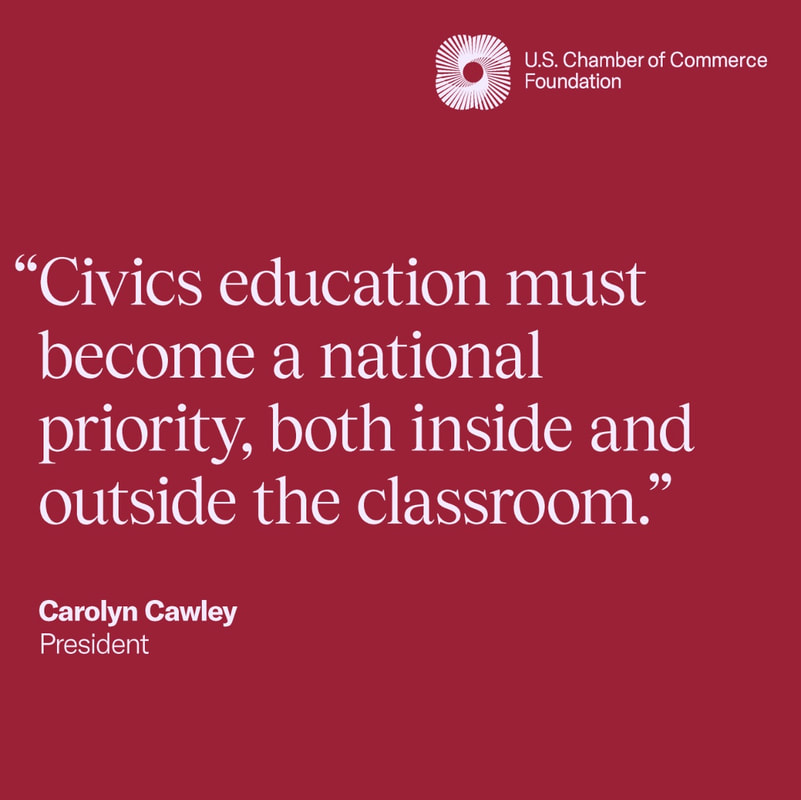SUMMARY
- Globalization and online platforms revolutionize small businesses, enabling local reach and global growth through smart marketing.
- Small businesses can overcome obstacles by leveraging platforms like eBay, Amazon, and Etsy to increase exposure and consumer trust.
- Online reviews drive improved marketing strategies and customer satisfaction, saving businesses time and money.
799 words ~ 4 minute read
There’s good reason for small businesses to feel hopeful in 2023. Consumer spending is fueling a solid recovery, with post-pandemic travel and entertainment leading the way. Job growth is happening too, with 187,000 jobs added in July. Still, many small business owners continue to work hard to bounce back from the economic slowdown, with many citing hiring and supply chain issues as their top concerns. Despite the anxiety that comes with economic uncertainty, existing technologies and online platforms provide small businesses with solutions that did not exist 15 years ago during the Great Recession. Small business owners who leverage these advantages can thrive despite economic uncertainty and even get ahead of their competition. Here are four small business strategies to help fortify your business in both good and challenging economic times.
Strategy #1: Stay Local, Go Global
In 2008, businesses who relied on in-store customers did not have much room to pivot. Likewise, geography played a huge role in which businesses survived and which businesses died during the pandemic. Many small businesses simply were not set up for online sales, much less to appeal to markets beyond their region.
Today, globalization has helped even the playing field for small businesses. Businesses focused on growing their customer base by expanding into online channels are able to maintain their local presence while building a national, even global, reputation. Offering your products and services online is an important first step, but it’s essential to capitalize on your increased exposure through proven marketing strategies that let you communicate with potential customers directly.
Using a lead magnet to collect email addresses is a simple and effective strategy for increasing your online sales. Rather than relying on organic traffic, social media algorithms, or ad spend, email marketing allows your business to build trust with potential customers before they buy. It’s also a fast track to sharing sales, promotions, and new offers with a warm audience.
Strategy #2: Join Forces
It can be challenging for small businesses to sell directly to consumers, when they’re first starting out. That’s why many market experts encourage small businesses to uplevel onto platforms that provide greater exposure. From Ebay to Amazon, or even Etsy for some microenterprises, global platforms also come with increased consumer confidence.
While it takes time to get started on some online platforms, the effort spent is well worth it. Budget some additional time to learn how to optimize your products for specific platforms, including how to write SEO descriptions that match what your ideal customer is plugging into google. In “4 Ways to Use Amazon Marketplace to Fuel Business Growth,” Mark Wieczorek, entrepreneur and Amazon business owner, recommends planning for additional inventory, tailoring your product descriptions to support Amazon’s algorithm, studying your reviews, and thinking through your full marketing funnel.
A final benefit of selling your products online is that it allows you to experiment with price points. As consumers penny pinch, even luxury brands are finding new ways to keep loyal customers by offering less expensive products that carry the high-end brand name.
Strategy #3: Tune In
When small businesses prioritize online customer reviews, they receive many advantages. Understanding your customer’s motivations is one of the most valuable. For the savvy small business owner, these discoveries can translate into better marketing campaigns and ad spend.
Michel Falcon, hospitality entrepreneur and Entrepreneur magazine contributor, says that businesses can collect customer data without violating privacy. He prefers the term ‘customer intelligence’ to customer data because this information helps companies provide a better customer experience. He not only recommends implementing online reviews but also harnessing the power of following your customer’s online channels or themes in their social media posts. While researching your customer’s habits may seem like borderline ‘stalking,’ the information is public and can be utilized to provide a personal touch that increases consumer loyalty. Bottom line: listening to your customers will save you time and money and increase customer satisfaction.
Strategy #4: Add a Human Touch
Expanding into online channels, emailing your subscribers, and mining your customer reviews, are great strategies to reach new and existing customers, even in tough economic times. But if you actually want more positive reviews and returning customers, you have to do one more thing: obsess about your customer’s online experience.
When customers come into your store, you have multiple ways to customize their experience. But in an online setting, the customer experience encompasses everything from product descriptions to the checkout and thank you pages. Small businesses familiar with providing a personal touch can really stand out by considering each stage of the customer journey. To set your business up for success, make sure to think through how you want your customers to feel from beginning to end, then design your technology to provide a unique and human experience.



